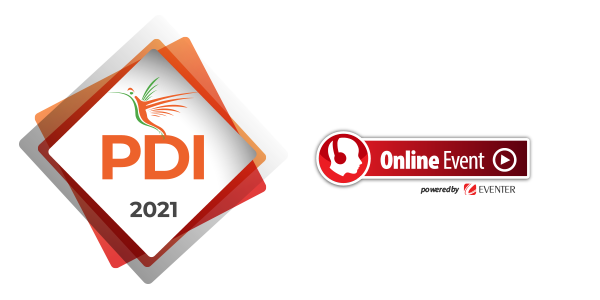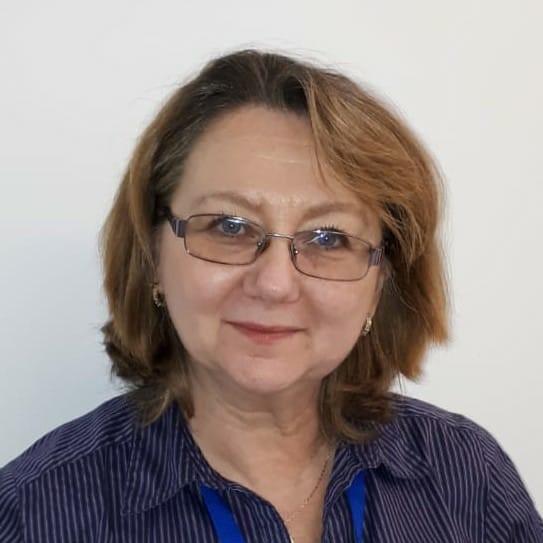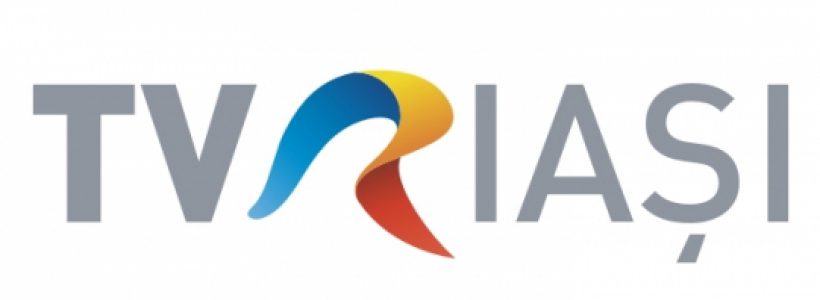C.Ș.I. Dr. Neagu Monica


C.Ș.I. Dr. Neagu Monica
Institutul Naţional “Victor Babeş”, Bucureşti
Spitalul Clinic ”Colentina”, Bucureşti
Dinamica anticorpilor specifici IgG si IgA IN vaccinarea anti-SARS-COV2
Autori: MONICA NEAGU1,2,3, LUCIANA NICHITA 2,4, C MOGODICI2, ALEXANDRA BASTIAN 2,4, CRISTIANA POPP2, MIRELA CIOPLEA 2,4, C SOCOLIUC 2,4, CAROLINA CONSTANTIN 1,2, SABINA ZURAC2,4
1Laborator Imunologie, Institutul National de Patologie “Victor Babes”, 050096 Bucuresti; 2Departamentul de Anatomie Patologica, Spitalul Clinic Colentina, 020125 Bucuresti; 3 Scoala Doctorala, Facultatea de Biologie, University of Bucharest, 050095 Bucharest, Romania; 4Department of Pathology, Faculty of Dental Medicine, “Carol Davila” University of Medicine and Pharmacy, 020021 Bucharest
Cuvinte cheie: SARS-CoV-2, anticorpi specifici, vaccinare
Introducere. Dupa pandemia de gripa spaniola de la inceputul secolului 20 ne confruntăm cu cea mai extinsa epidemie din istoria modernă și pe măsură ce dezvoltarea vaccinurilor specifice a ajuns in faza de imunizare în masă, datele obtinute din protocoalele de vaccinare se acumuleaza. Materiale si metode. În prezentul studiu, un grup selectat de 103 lucrători din domeniul sănătății care au expunere constantă la pacienți și probe infectate cu SARS-CoV-2 au fost monitorizați pentru cuantificarea nivelurilor specifice de IgG și IgA înainte de vaccinare și după protocolul de vaccinare cu un vaccin pe bază de ARNm. Testarea nivelurilor de IgG și IgA în timpul protocolului de vaccinare a fost realizata la 21 de zile după prima inoculare și la două săptămâni după rapel. Testele standard ELISA aprobate de FDA au fost utilizate pentru cuantificarea IgG și IgA specifice. Rezultate. Nivelurile bazale de IgG și IgA la subiecții infectați anterior și la subiecții naivi au diferit semnificativ. Vaccinarea a indus o creștere robustă atât a nivelurilor de IgG, cât și a nivelului de IgA chiar și după prima doză la majoritatea subiecților din ambele grupuri. După a doua doză, nivelele circulatorii de IgA și IgG au fost crescute. Asocierile dintre nivelurile de IgG și IgA la prima și a doua doză de vaccinare au indicat faptul că în întregul grup, indiferent de expunerea anterioară la agentul infecțios, creșterea și nivelurile de IgG și IgA au fost similare. Concluzie. Nivelurile de IgG și IgA la vaccinare au fost statistic similare, indiferent de nivelele pr-vaccinare, seroconversia a fost realizată în proportie de 100% in intregul grup analizat după a doua doză, iar nivelurile au fost similare pentru anticorpii de tip IgG și IgA.
SPECIFIC IgG AND IgA ANTIBODY DYNAMICS IN ANTI-SARS-COV2 VACCINATION
Authors: MONICA NEAGU1,2,3, LUCIANA NICHITA 2,4, C MOGODICI2, ALEXANDRA BASTIAN 2,4, CRISTIANA POPP2, MIRELA CIOPLEA 2,4, C SOCOLIUC 2,4, CAROLINA CONSTANTIN 1,2, SABINA ZURAC2,4
1Immunology Laboratory, ‘Victor Babes’ National Institute of Pathology, 050096 Bucharest; 2Department of Pathology, Colentina University Hospital, 020125 Bucharest; 3Doctoral School of Biology, Faculty of Biology, University of Bucharest, 050095 Bucharest, Romania; 4Department of Pathology, Faculty of Dental Medicine, “Carol Davila” University of Medicine and Pharmacy, 020021 Bucharest
Key words: SARS-CoV-2, specific antibodies, vaccination
Introduction. As the world is currently facing one of the major outbreaks of viral infection in the modern history and as vaccine development has entered the mass immunization stage, data are being obtained from real-life specific vaccinations. Material and methods. In the present study, a selected group of 103 healthcare workers with documented exposure to SARS-CoV-2-infected patients and samples were monitored for specific IgG and IgA levels prior to vaccination, and after vaccination protocol with a mRNA-based vaccine. We have tested IgG and IgA levels during the vaccination protocol at 21 days after the first shot and two weeks after the second vaccination. ELISA standard tests approved by FDA were used for quantification of specific IgG and IgA. Results. The basal IgG and IgA levels in previously infected subjects and naïve subjects differed markedly. The vaccination induced a consistent increase in both the IgG and IgA levels even after the first dose in the majority of subjects from both groups and after the second dose, the circulatory levels of IgA and IgG were increased again. The associations between the IgG and IgA levels upon the first and second dose of vaccination indicted that in the entire vaccination group, regardless of prior exposure to the infectious agent, the increment and the levels of IgG and IgA were similar. Conclusion. IgG and IgA levels upon vaccination were statistically similar irrespectively of the starting base-line before vaccination and seroconversion was achieved in 100% of the group after the second dose with similar high IgG and IgA antibodies levels.
Scurt CV
Professor Monica Neagu – Head of Immunology laboratory, Habilitation in Immunology, Doctoral School of the Faculty of Biology, University of Bucharest, Senior Researcher at Pathology Department, Colentina Clinical Hospital; President of the Romanian Society of Immunology, member of the World Academy of Sciences.
She was Project Director for several international projects (Bilateral Cooperation Romania-China 511/2011 Biomarker discovery in digestive tract cancer and skin melanoma using proteomic approaches (Beijing Institute of Genomics), Bilateral Cooperation Romania-Greece project no. 7285/02 Immunomodulating potential of prothymosin alpha [….] (University of Athens), NATO SfP 982838/2007 Development of a novel immunoassay for the very early detection of Biothreatening Bacterial Infections) and member of the research team in several international projects FP7, ERA-NET. Currently she is member of the management committee for Horizon2020 COST project CA16120 – European Epitranscriptomics Network (EPITRAN) and CA18125 – Advanced Engineering and Research of Aerogels for Environment and Life Sciences (AEROGELS). She has autoimmunity specialization at Sandoz Pharma Ltd., Basel. In 2010-2013 she was full member of Commission for Advanced Therapies – EMEA.
In the last 5 years she has led or been involved in more than 10 national funded projects.
Fields of interest: immuno-oncology, melanoma biomarkers, proteomic array approaches, animal models for skin carcinogenesis, melanoma, wound healing, regeneration. She is co-inventor in several patents in dermato-oncology, biomarkers panel and tumor cell clones.
She is member in Editorial Boards for 4 international journals, Editor for an international book, invited Editor for 4 international journals, and has published over 200 scientific papers and book chapters. Hirsch Index =27 (ISI web of Science/Clarivate).
Contactează operatorul PDI 2021
Operatorul PDI 2021
![]()
Adresa: Str. A. Panu nr. 13, Iasi
Tel.: 0332.40.88.00-05
E-mail: inscrieri@primaderma.ro
Website: www.eventernet.ro
Parteneri Media



